
How to Use KY-031: Examples, Pinouts, and Specs
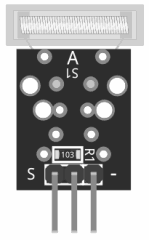
 Design with KY-031 in Cirkit Designer
Design with KY-031 in Cirkit DesignerIntroduction
The KY-031 is a temperature sensor module designed for accurate and reliable temperature measurement. It features the LM35 temperature sensor, which outputs an analog voltage directly proportional to the temperature in degrees Celsius. This module is widely used in temperature monitoring systems, environmental sensing, and DIY electronics projects due to its simplicity and precision.
Explore Projects Built with KY-031
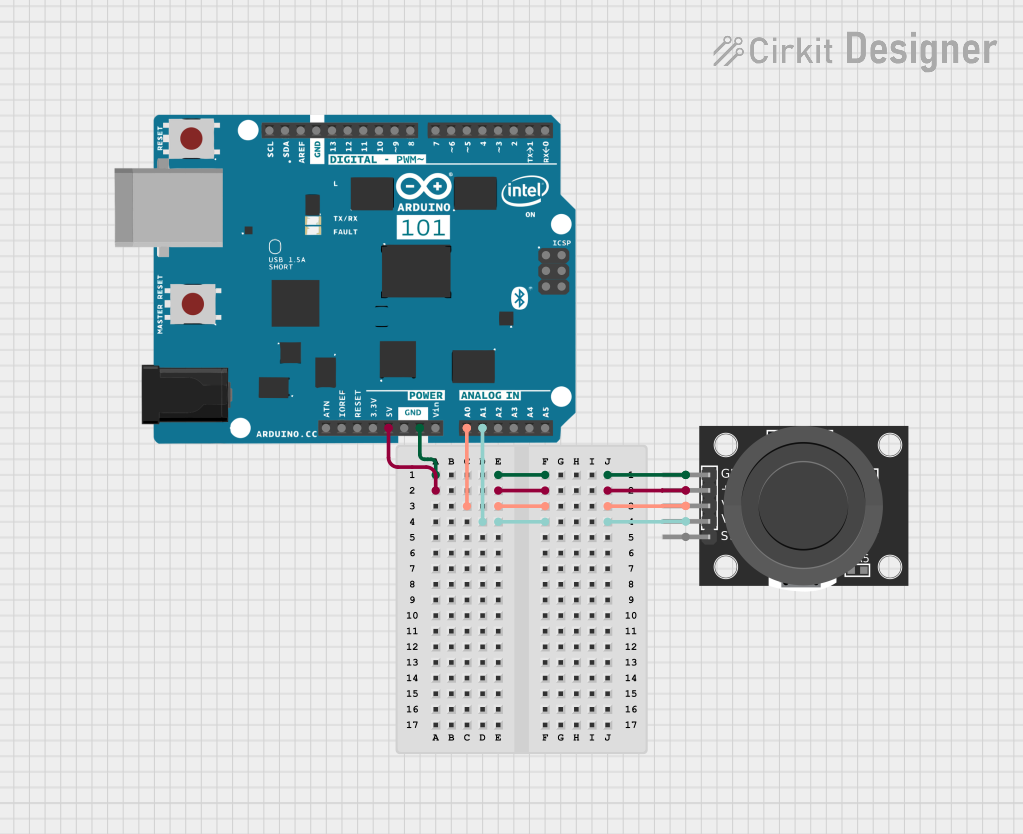
 Open Project in Cirkit Designer
Open Project in Cirkit Designer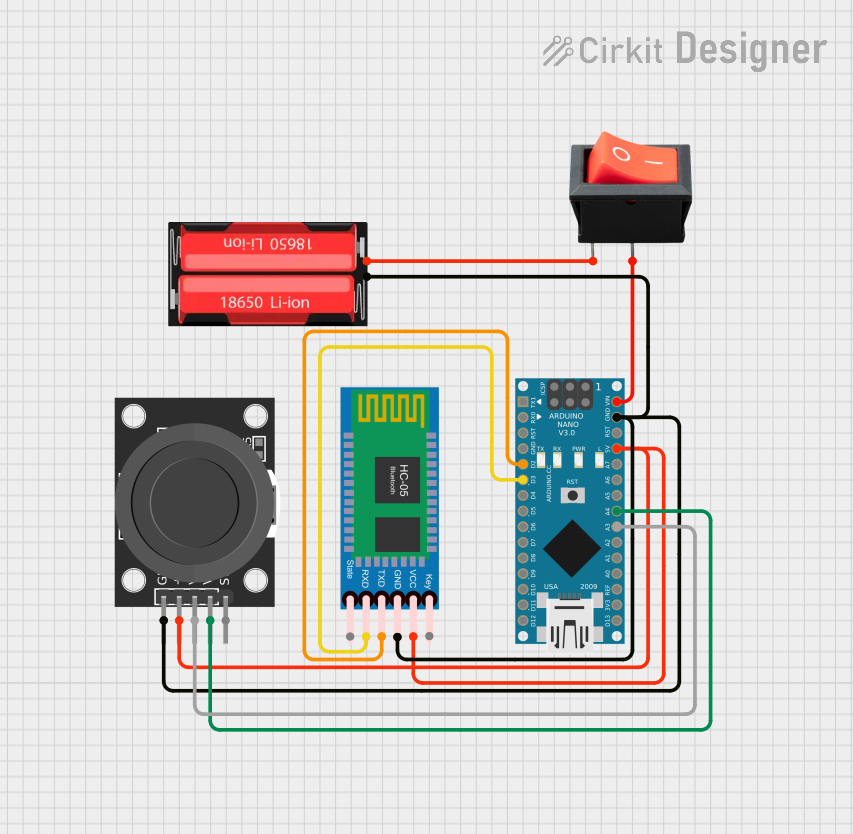
 Open Project in Cirkit Designer
Open Project in Cirkit Designer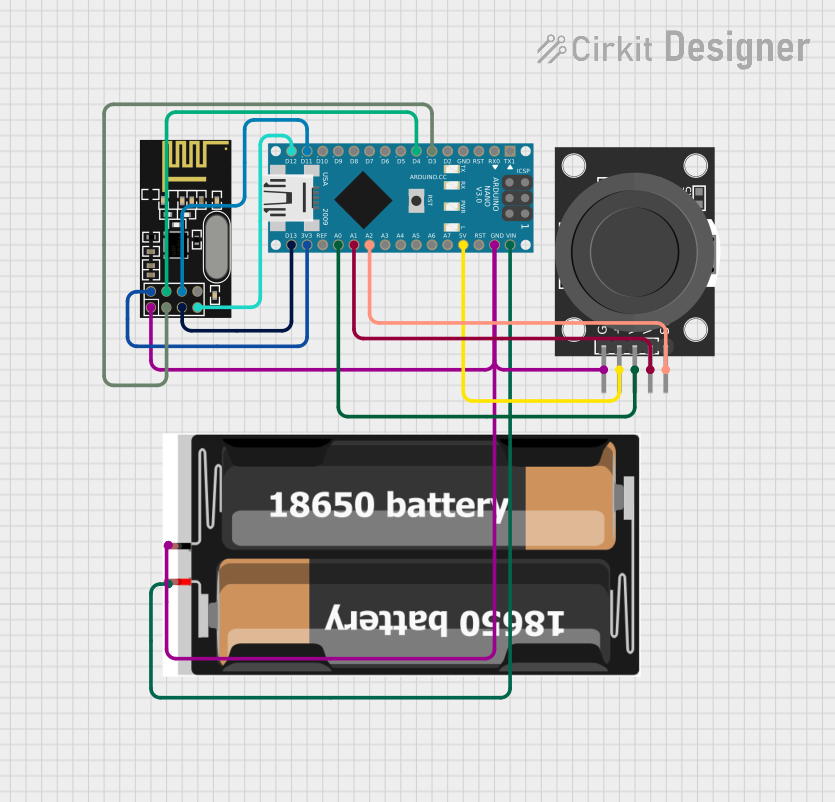
 Open Project in Cirkit Designer
Open Project in Cirkit Designer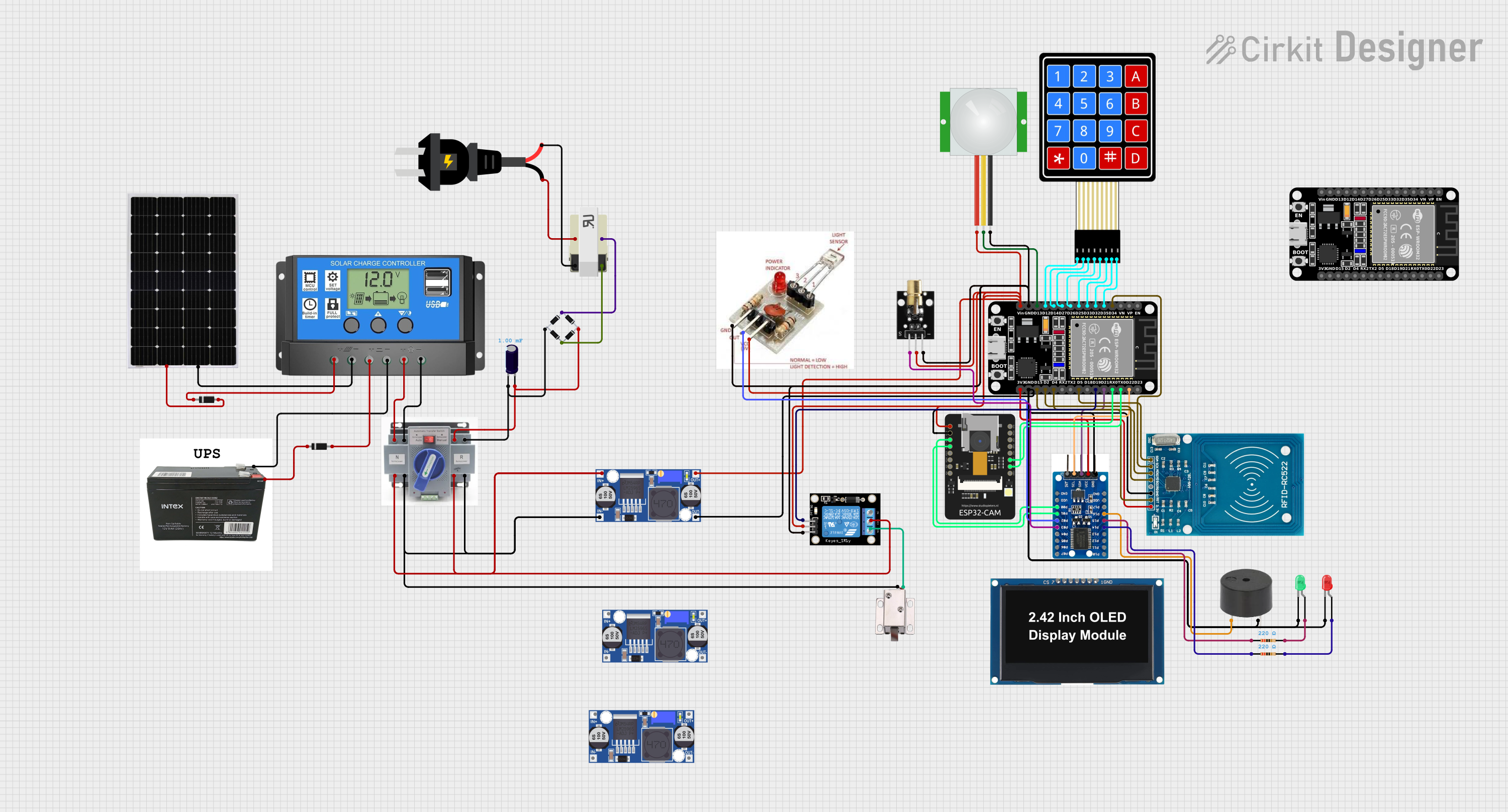
 Open Project in Cirkit Designer
Open Project in Cirkit DesignerExplore Projects Built with KY-031

 Open Project in Cirkit Designer
Open Project in Cirkit Designer
 Open Project in Cirkit Designer
Open Project in Cirkit Designer
 Open Project in Cirkit Designer
Open Project in Cirkit Designer
 Open Project in Cirkit Designer
Open Project in Cirkit DesignerCommon Applications and Use Cases
- Environmental monitoring systems
- Home automation and HVAC systems
- Industrial temperature control
- Educational and DIY electronics projects
- Arduino and microcontroller-based temperature sensing
Technical Specifications
The KY-031 module is built around the LM35 temperature sensor, which provides a linear analog output. Below are the key technical details:
| Parameter | Value |
|---|---|
| Operating Voltage | 4V to 30V |
| Output Voltage Range | 0V to 1.5V (for -55°C to 150°C) |
| Temperature Range | -55°C to +150°C |
| Accuracy | ±0.5°C (at 25°C) |
| Sensitivity | 10mV/°C |
| Power Consumption | Low |
| Dimensions | 18mm x 15mm x 10mm |
Pin Configuration and Descriptions
The KY-031 module has three pins for easy interfacing with microcontrollers and other circuits. The pinout is as follows:
| Pin | Name | Description |
|---|---|---|
| 1 | VCC | Power supply pin (4V to 30V) |
| 2 | GND | Ground pin |
| 3 | OUT | Analog output pin that provides a voltage proportional to the temperature |
Usage Instructions
How to Use the KY-031 in a Circuit
- Power the Module: Connect the VCC pin to a 5V power supply (or any voltage within the operating range) and the GND pin to the ground of your circuit.
- Read the Output: Connect the OUT pin to an analog input pin of a microcontroller (e.g., Arduino) or an analog-to-digital converter (ADC) to measure the output voltage.
- Calculate the Temperature: The output voltage is directly proportional to the temperature in degrees Celsius. Use the formula: [ \text{Temperature (°C)} = \frac{\text{Output Voltage (mV)}}{10} ]
Important Considerations and Best Practices
- Power Supply: Ensure a stable power supply to avoid fluctuations in the output voltage.
- Calibration: For critical applications, calibrate the sensor to improve accuracy.
- Placement: Place the sensor in an area with good airflow for accurate temperature readings.
- Noise Reduction: Use decoupling capacitors near the power pins to reduce noise in the output signal.
Example: Connecting KY-031 to Arduino UNO
Below is an example of how to connect and read data from the KY-031 module using an Arduino UNO:
Circuit Connections
- Connect the VCC pin of the KY-031 to the 5V pin on the Arduino.
- Connect the GND pin of the KY-031 to the GND pin on the Arduino.
- Connect the OUT pin of the KY-031 to the A0 analog input pin on the Arduino.
Arduino Code
// KY-031 Temperature Sensor Example with Arduino UNO
// Reads the analog output from the KY-031 and calculates the temperature in °C
const int sensorPin = A0; // KY-031 OUT pin connected to Arduino A0
float voltage; // Variable to store the sensor output voltage
float temperature; // Variable to store the calculated temperature
void setup() {
Serial.begin(9600); // Initialize serial communication at 9600 baud
}
void loop() {
// Read the analog value from the sensor (0-1023)
int analogValue = analogRead(sensorPin);
// Convert the analog value to voltage (assuming 5V reference)
voltage = analogValue * (5.0 / 1023.0);
// Calculate the temperature in °C
temperature = voltage * 100.0; // LM35 outputs 10mV per °C
// Print the temperature to the Serial Monitor
Serial.print("Temperature: ");
Serial.print(temperature);
Serial.println(" °C");
delay(1000); // Wait for 1 second before the next reading
}
Troubleshooting and FAQs
Common Issues and Solutions
No Output or Incorrect Readings
- Cause: Loose or incorrect connections.
- Solution: Double-check the wiring and ensure all connections are secure.
Fluctuating Temperature Readings
- Cause: Electrical noise or unstable power supply.
- Solution: Add a decoupling capacitor (e.g., 0.1µF) between VCC and GND.
Output Voltage Does Not Change
- Cause: Sensor is damaged or operating outside its temperature range.
- Solution: Verify the operating conditions and replace the sensor if necessary.
Temperature Readings Are Inaccurate
- Cause: Calibration error or environmental factors.
- Solution: Calibrate the sensor and ensure proper placement for accurate readings.
FAQs
Q: Can the KY-031 measure negative temperatures?
A: Yes, the LM35 sensor on the KY-031 can measure temperatures as low as -55°C. However, the output voltage will be negative for temperatures below 0°C, so additional circuitry or software adjustments may be required.
Q: Is the KY-031 compatible with 3.3V systems?
A: Yes, the KY-031 can operate with a 3.3V power supply, but the output voltage range will be limited accordingly.
Q: How do I improve the accuracy of the KY-031?
A: Use a stable power supply, calibrate the sensor, and place it in an environment with minimal thermal interference.
Q: Can I use the KY-031 for high-temperature applications?
A: The KY-031 can measure temperatures up to 150°C, but ensure the surrounding components can withstand high temperatures as well.
This concludes the documentation for the KY-031 temperature sensor module.